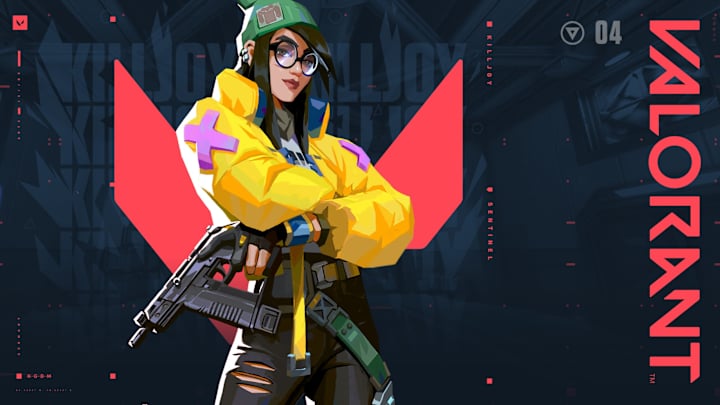VALORANT Ranked System Explained — MMR, Divisions, Leaderboards

VALORANT is quickly becoming the most popular FPS out there and players are jumping on the competitive grind. If you enjoy playing VALORANT but want to make the switch from casual to competitive, here’s your guide to ranked mode and how it all works.
VALORANT’s ranking system can be confusing at first. While it has some of the same elements as other multiplayer ranking systems, Riot Games has put its own spin on it.
First, you’ll need to play 10 unranked games to unlock competitive mode (and make sure you’re level 20 or higher). Then you can play five placement matches. This will help figure out exactly where you should start in the ranking system.
VALORANT Ranks and Tiers
The ranking system includes nine divisions. Within each division are three tiers you must climb through to reach the next division. Well, except the last rank — which only has one tier. Here are the nine divisions:
- Iron
- Bronze
- Silver
- Gold
- Platinum
- Diamond
- Ascendant
- Immortal
- Radiant
After getting placed in a rank, you will receive 50 Rank Rating (RR). You will need a 100 Rank Rating (RR) to move up a tier. For example, going from Gold 1 to Gold 2. You can rank up faster if you have a good matchmaking rating (MMR), get a lot of eliminations in your matches, and have a consistent overall performance.
Once you reach Immortal 2 and higher, you will need a specific amount of RR to get promoted. This is also based on regional settings, like North America requiring 90 RR to get promoted to Immortal 2 and 200 RR for Immortal 3 — and then 450 RR to reach Radiant.
Keep in mind that you’ll need to play five placement matches every time a new episode begins. This will determine your new placement, with Ascendant 1 being the highest placement you can start at.
Rank Decay
There is no ranking decay in VALORANT so you can take a break from the game when needed. But if you drop the game for months, you might find yourself having to play a placement game to figure out your rank again. That’s because your skill may have been impacted by your absence.
Matchmaking Rating and What It Means
We previously mentioned MMR but what really is that? Unfortunately, your MMR is not visible to you despite it being super important. Instead, it’s an internal system that VALORANT developers use to determine who you will be paired with when you join a competitive match.
Basically, every match performance will determine whether you go up and down the MMR ladder. You are placed into matches with other people that are around the same MMR as you so the match can be fair and balanced.
And RR?
Meanwhile, your RR is the number of points you gain after a competitive match. You earn points based on wins and your performance and these points are used to help you reach a new division.
- Wins: 10 - 50 RR (5+ RR for Diamond ranks and up)
- Losses: Minus 0 - 30 RR (50 RR max drop for Diamond ranks and up)
- Draws: 20 RR, based on performance (Iron through Diamond)
Your MMR and RR are different. MMR is an invisible system that determines where you stand amongst all other VALORANT players in an attempt to create matches with players who have equal skills. And your RR is the points you gain after a match as you try to climb up in rank.
The way VALORANT is set up, developers are encouraging players to hone in their mechanical skills, teamwork, and strategy rather than aimlessly grind matches. Your performance in each match matters, so you need to make sure you’re refreshed and ready to play before hopping into a game.
Regional Leaderboards
In Episode 2, Riot Games introduced the Regional Leaderboard to VALORANT. The leaderboard displays your rank, rating, and player card. You unlock the Regional Leaderboard after you’ve played at least 50 competitive matches.
To remain on the leaderboard, make sure you play at least one game per week. You can then use the Regional Leaderboard to keep track of your progress and where you stand in your region.
Another great way to keep track of your progress is to check your match history. Head to the Career tab and study your last 10 matches. You’ll be able to see your individual performance, including kills, spike plants, wins, and losses. This will help you see where you can improve before you jump into another ranked game.
